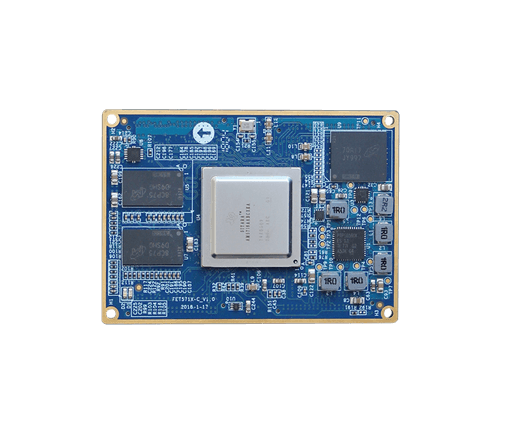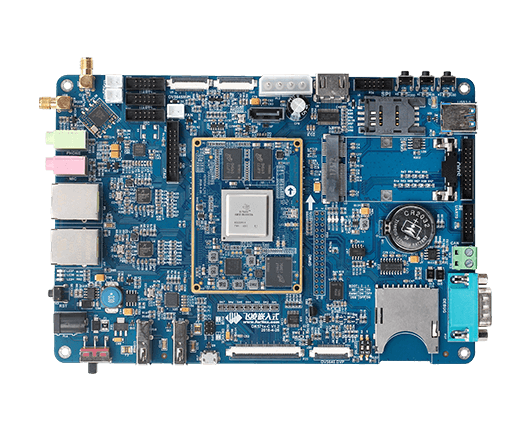
Design of The Cockpit Display Terminal of The Train Based on Forlinx's AM5718
The train cockpit display unit is the main device for human-computer interaction between the driver and the locomotive equipment. In practice, the train driving display unit reflects the train's traffic safety information, fault information and equipment status to the driver, so as to effectively guide the driver's operation, ensure the safety of the train and reduce the impact of locomotive failure. High-speed operation of the train components wear and tear is serious, must be regularly overhauled or replaced in order to ensure the reliability of locomotive operation, the train driving display unit can store fault records, to the station after storage can be easily exported for ground data analysis, it provides a data reference for regular maintenance. The train driving display unit is an important factor to ensure the normal operation of the train.
Right screen: locomotive performance data display for displaying real-time performance indicators of locomotives (tram, power, car's own performance parameters)
Left screen: Train operation monitoring recorder, referred to as monitoring device used to display real-time indicators of train operation as well as library signals, road conditions and other information. (Train conductor use, up and down station, front rear distance, distance to the next station, how long it takes to get, real-time feedback.)
The train driving display unit is a platform for people to interact with the train, on the one hand, the train reflects the train operation status information through the cockpit display unit, on the other hand, the driver sends the operation command to the cockpit display unit by touch screen input.
1. Show terminal functions
Line slope tips: front automatic closure signal prompt, train running speed, train location guide;
Train speed limit: actual speed, speed limit, distance from the signal machine in front;
Train operating mileage: standard time, diesel speed and cylinder pressure monitoring, forward station signal.
2, The cockpit monitoring display terminal program structure
Hardware section:
- · CAN: Connect to the car to send and receive data via the CAN bus.
- · Ethernet: transmit data and do communication, such as whether the train door status is closed.
- · Display: 10.1 inch display, resolution 1024 x 768, LVDS interface.
- · Audio: The loudspeaker broadcast the message of starts or stops.
- · SATA: Stores ground-based data, centrally controlled data, facilitates late-stage queries, and stores data every 500S.
- · USB: Non-standard USB interface for real-time debugging, or remote debugging via telnet.
- · Serial port: As a reserved interface, it can be used for debugging.
Software section:
Linux-OpenGL interface
3, Based on FET5718-C design advantages
- 1. Multicore isomer: ARM Cortex -A15, main frequency up to 1. 5G Hz; DSP C66x, main frequency 750MHz; 2 dual-core ARM Cortex-M4, main frequency 213MHz; 2 dual-core PRU (transmission real-time unit), main frequency 200MHz;
- 2. USB 3.0, PCIe3.0, HDMI1.4, UART*10, QSPI*1, CAN*2, Ethernet 1Gbps* 2 and other high-speed interface, with powerful video processing power;
- 3. Operating system supports Linux 4.9.41;
- 4. Industrial wide temperature -40 degrees C to 85 degrees C;
- 5. Provides a variety of command line and QT side development routines, OpenCV, OpenCL, OpenGL development routines, DSP, PRU environment construction and development routines;
- 6. Support UBOOT to modify LCD screen resolution, support to modify the function of power-on LOGO greatly facilitate customer development and use, but also support SD card one-click burning WIFI, MIPI camera, CPU automatic FM and specified frequency and other rich extension functions.
The FET5718-C core board uses TI (Texas Instruments) AM57X Series AM5718 multicore heterogeneous processors




